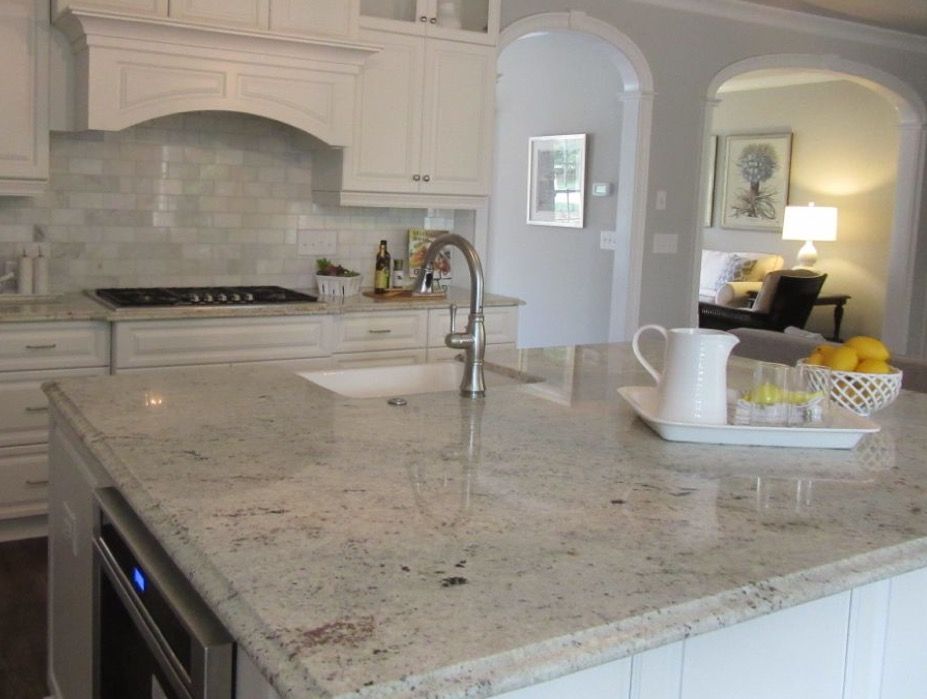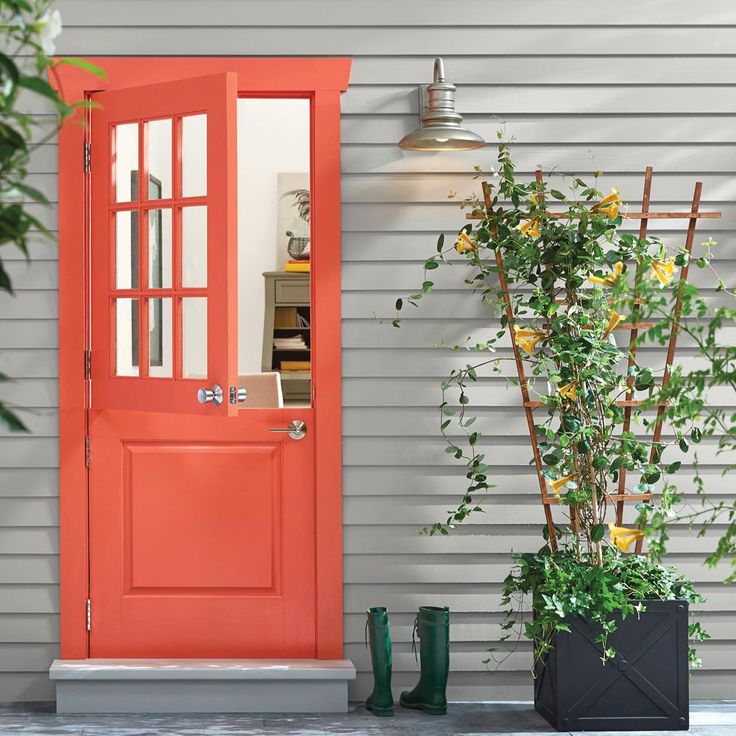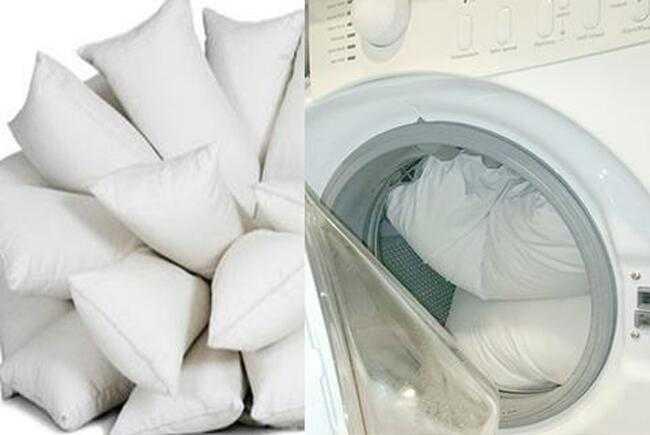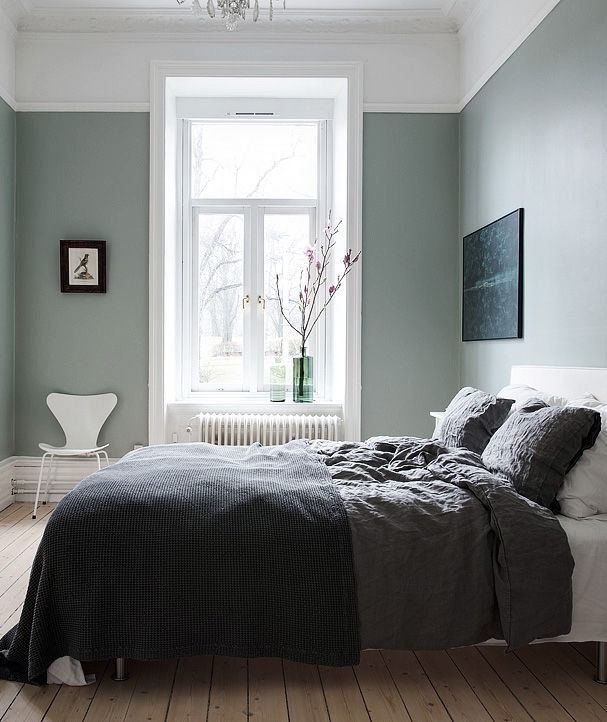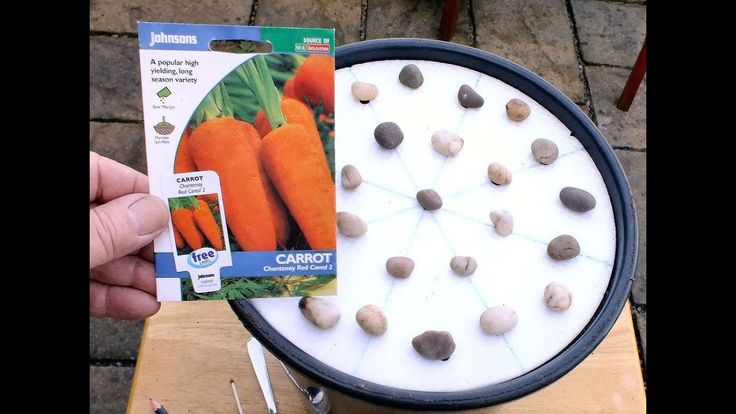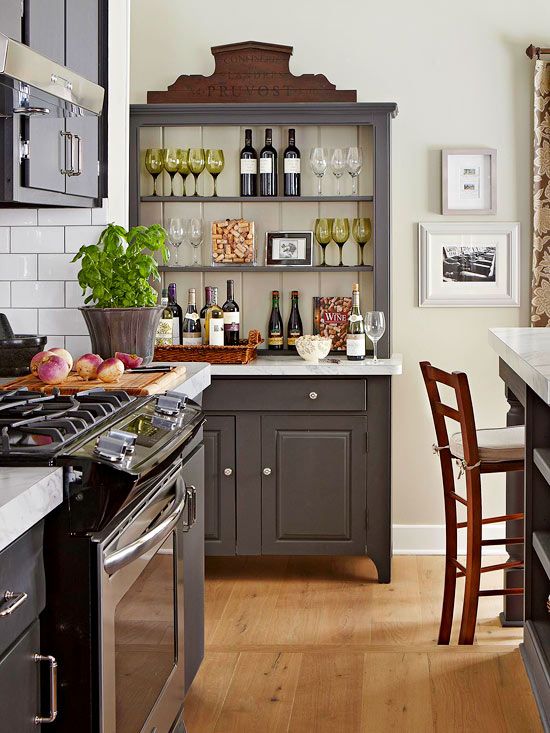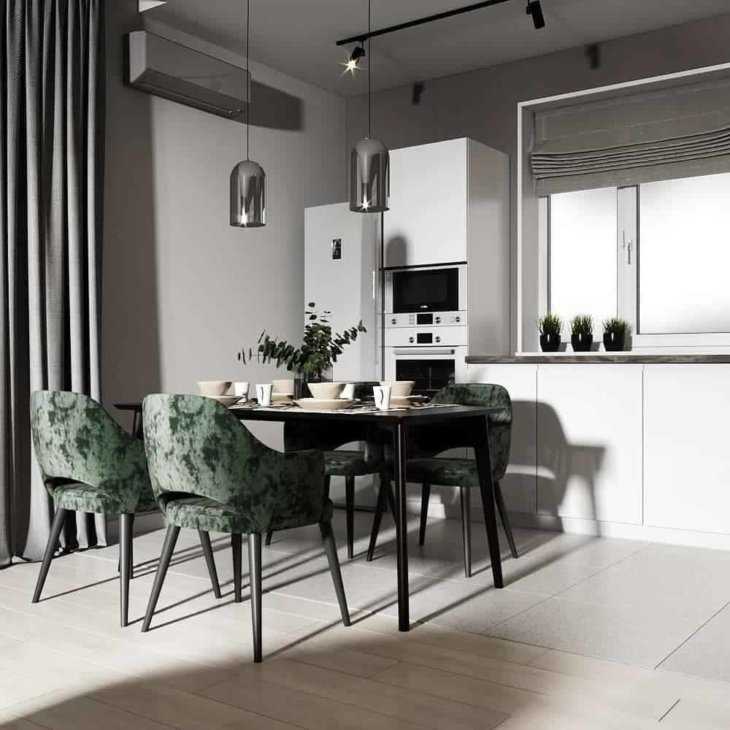Texture in interior
What You Need to Know
Your browser's Javascript functionality is turned off. Please turn it on so that you can experience the full capabilities of this site.
- Blog
- Interior Design
- Texture in Interior Design: What You Need to Know
Texture in Interior Design: What You Need to Know
Sep 23, 2021
Interior Design
Most of us haven’t studied interior design formally, but that doesn’t mean we can’t create beautiful, stylish spaces in our homes. In today’s blog, the furniture experts at Star Furniture discuss how to utilize texture in interior design.
What is Texture in Interior Design?“Texture” in interior design refers to the way an object looks and feels. A boucle sofa, for example, has a different texture than a metal bench. While the boucle feels softs to the touch and features a curly, knotted appearance, metal is hard and features a smooth, shiny appearance. While texture often refers to both the visual and the tactile, a sofa with a floral pattern, for example, might have more visual texture than tactile texture. In interior design, texture can be used to add depth, create balance, and add visual weight to your space.
Visual weight refers to how effectively an element attracts the eye. Visual weight comes from a wide range of factors, including size, shape, color, texture, and orientation. A large red sofa in the middle of a room, for example, would have more visual weight than a small, neutral-colored sofa in the corner of the living room. That said, visual weight is relative, so a red sofa in the midst of a room full of neutral colors would have more visual weight than one in a room with red walls or other red furniture.
Using Texture in Interior Design: The BasicsWhether you realize it or not, texture is impacting your interior design. Here’s how you can thoughtfully use texture to your advantage when decorating your home.
Interior design is all about balance. That’s why using contrasting fabrics can be so powerful. In your living room, for example, you likely have an upholstered sofa with throw pillows. In most cases, the throw pillows are either a different material, a different color, or a different pattern than the sofa itself. In fact, many sofas have pillows of varying shapes as well. This helps create balance and visual interest. This principle extends out even further for people who purchase living room sets. Most of the time, any chairs that come with the sofa will have a different material or pattern. When using texture in interior design, try to utilize contrasting fabrics. While this includes your sofa and armchairs, it extends even further to your curtains, rugs, blankets, and lampshades.
Layer Different TexturesWhile using contrasting fabrics is one great way to add texture to your interior design, texture isn’t just about textiles.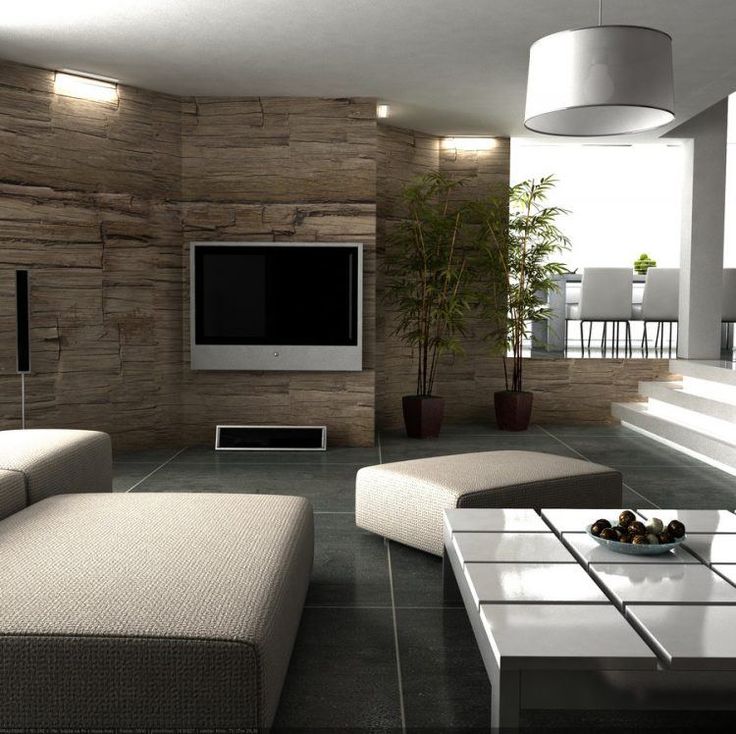 Texture can come from all sorts of different materials and finishes. To start, think about the difference between a marble top coffee table and a rustic oak coffee table. While one is cold and smooth, the other is warm and rough. But texture can be even more subtle. A glossy finish paint, for example, will have a different texture than a matte finish, and wood furniture painted a solid color has a different texture than wood furniture that’s stained. While contrasts are visually interesting, the goal isn’t to fit in as many textures as possible. When layering different textures, you’ll want to consider how they work together. The ultimate goal is to get a nice array of textures to help create balance in the room.
Texture can come from all sorts of different materials and finishes. To start, think about the difference between a marble top coffee table and a rustic oak coffee table. While one is cold and smooth, the other is warm and rough. But texture can be even more subtle. A glossy finish paint, for example, will have a different texture than a matte finish, and wood furniture painted a solid color has a different texture than wood furniture that’s stained. While contrasts are visually interesting, the goal isn’t to fit in as many textures as possible. When layering different textures, you’ll want to consider how they work together. The ultimate goal is to get a nice array of textures to help create balance in the room.
While material plays a big role in tactile texture, there are other ways to create visual texture in your home. Choosing items with fun patterns, for example, can create texture in the room, even without varying materials. One inexpensive place to start is your throw pillows. By including stripes, polka dots, florals, and other patterns, you can add texture to your design. You can also choose patterned accent chairs, rugs, curtains, and wallpaper to include in your design. If you’re decorating a bedroom, for example, a patterned duvet can go a long way toward the look and feel of the room. Regardless of what you choose, you’ll want to be careful not to create discord in your home. Mixing patterns can be tricky, so try to use simple colors, blend simple and complex patterns, and stick to a few patterns.
One inexpensive place to start is your throw pillows. By including stripes, polka dots, florals, and other patterns, you can add texture to your design. You can also choose patterned accent chairs, rugs, curtains, and wallpaper to include in your design. If you’re decorating a bedroom, for example, a patterned duvet can go a long way toward the look and feel of the room. Regardless of what you choose, you’ll want to be careful not to create discord in your home. Mixing patterns can be tricky, so try to use simple colors, blend simple and complex patterns, and stick to a few patterns.
While your large furniture items can help create texture in your design, home décor pieces can also make a surprisingly large impact. When it comes to wall art, there are plenty of ways to create texture using only the artwork you hang on your wall. From brushstrokes to colors to the imagery itself, wall art can play a huge role in the texture of the room.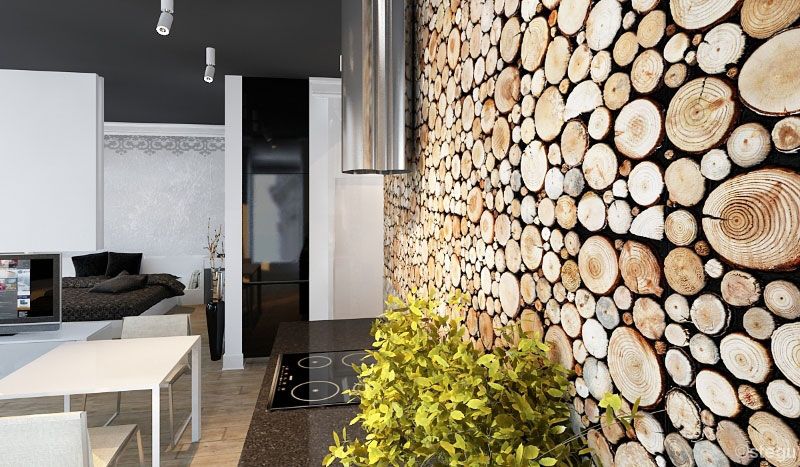 Even the frame can add texture to the room. Then you have lamps, vases, sculpture, mirrors, and plants, all of which can contribute to the depth, balance, and visual weight of the room. Be sure to pay attention to how your home décor plays into your design. If, for example, you don’t have a lot of textural difference among your furniture pieces, you can sprinkle it in with your home décor. Three different plants, for example, can have completely different textures, based on their height, leaf shape, color, and the design of the planter, hanging basket, or terrarium. Ready to start utilizing texture in your interior design? Visit a Star Furniture store near you to browse our huge selection of furniture for every room in the house. In the meantime, check out our home inspiration blog where we cover everything from 12 simple ways to refresh your home to how to coordinate furniture.
Even the frame can add texture to the room. Then you have lamps, vases, sculpture, mirrors, and plants, all of which can contribute to the depth, balance, and visual weight of the room. Be sure to pay attention to how your home décor plays into your design. If, for example, you don’t have a lot of textural difference among your furniture pieces, you can sprinkle it in with your home décor. Three different plants, for example, can have completely different textures, based on their height, leaf shape, color, and the design of the planter, hanging basket, or terrarium. Ready to start utilizing texture in your interior design? Visit a Star Furniture store near you to browse our huge selection of furniture for every room in the house. In the meantime, check out our home inspiration blog where we cover everything from 12 simple ways to refresh your home to how to coordinate furniture.
decorating design inspiration home decor interior decorating interior design interior inspiration Tags:
Related Posts
Dec 7, 2022
4 Winter Décor Home Design Trends
Nov 30, 2022
Getting Your Home and Furniture Ready for Holiday Company
Sep 9, 2022
How to Decorate a Long Wall
Jul 1, 2022
The Best Home Staging Tips to Help You Sell Your Home
Jun 27, 2022
Our Favorite Guest Room Office Ideas for Summer Houseguests
Jun 23, 2022
Interior Design Trend Spotlight: Curvy Furniture
Using texture in interior design – how the pro harness it
When you purchase through links on our site, we may earn an affiliate commission.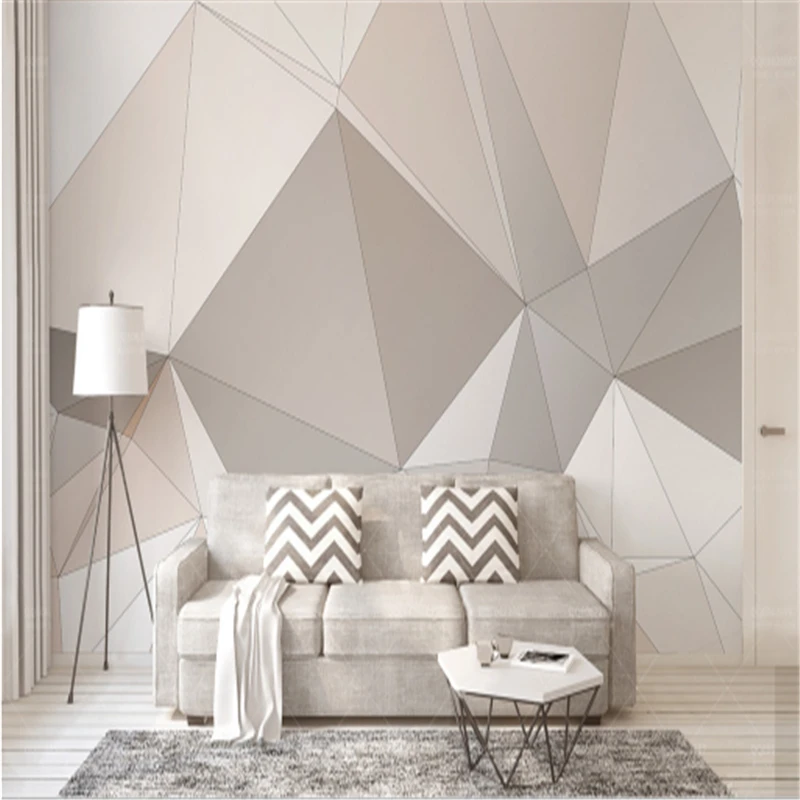 Here’s how it works.
Here’s how it works.
(Image credit: Future / Davide Lovatti)
Texture in interior design is vital, and is, quite literally, woven into the fabric of a designer's vocabulary and practice. Creating texture is not simply just about how decor and soft furnishings feel, but it's also about 'visual texture' – using different materials to add interest and breathe life into a room.
Quite simply, without texture, a space will fall flat. It's crucial to look at the room as a whole and bring an area together with mixed materials for vibrancy and warmth. It's a way of adding depth and dimension to a room as well as comfort.
See: Interior design tips – decorating secrets for the world's top experts
What is texture in interior design?
Interior designers use texture in the form of tactile objects like fabrics, wood and stone to add physical comfort and visual interest to a space. Mixing materials and layering is key to making textural elements work.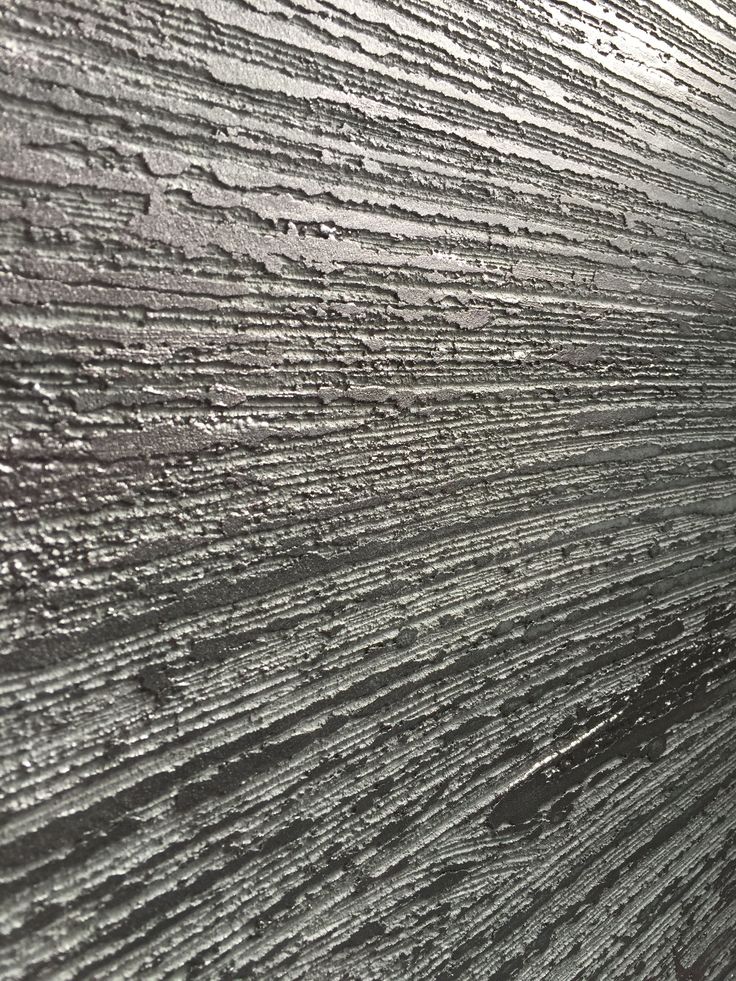
Tiffany Leigh, of Tiffany Leigh Design , explains: 'Texture in interior design is all about creating tactile moments that invite touch. It refers to the feel, appearance or consistency of a surface or material. Textures help to keep a space from feeling flat or one dimensional.'
Layering textures helps to add depth too. 'The layering of materials, colors and shapes all amount to give your interiors an overall texture which can define the look and feel of a space,' says Martin Waller, co-founder of Andrew Martin . 'Glossy surfaces like polished chrome, shiny marble and smooth leather all in tonal shades give a room a sleek, modern texture. For a more multi-layered look, tactile weaves like bouclé look amazing when layered against the luxurious feel of faux shagreen or rough-hewn timber to give a room some depth and sense of history. '
Martin adds that texture can be used to create accents, too, allowing certain objects to make a statement and stand out from others. He says: 'Alongside materials it's important to consider color too, a tonal palette consisting of a spectrum of tan and off-white can be greatly enhanced by the unique pairing of materials.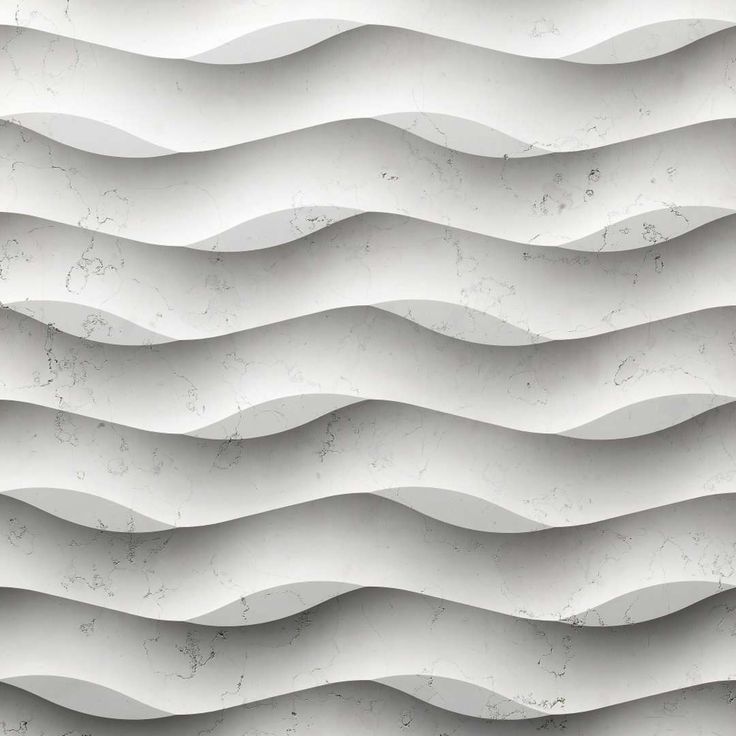 Or, if you are using furniture in lots of organic materials use brightly colored cushions to bring areas of light and shade into the room and contribute to the overall texture of a room.'
Or, if you are using furniture in lots of organic materials use brightly colored cushions to bring areas of light and shade into the room and contribute to the overall texture of a room.'
How do you add texture in interior design?
Designers use texture to create a specific feel in a room. Rough and coarser textures like reclaimed wood or terracotta have more 'visual weight' and create a cozy, rustic aesthetic, while smooth or shiny textures, including metals like chrome, reflect more light and create a more contemporary finish. See below for how you can use texture to reflect the feel and visual impact you desire from room-to-room.
1. Use texture to add warmth to the living room
(Image credit: Albion Nord)
'There is nothing worse than a flat design,' says Camilla Clarke, Creative Director at Albion Nord.
Clarke continues: 'Try mixing different textures such as natural linens with soft velvets or robust leathers with thick wools. We use linen as the canvas of an interior.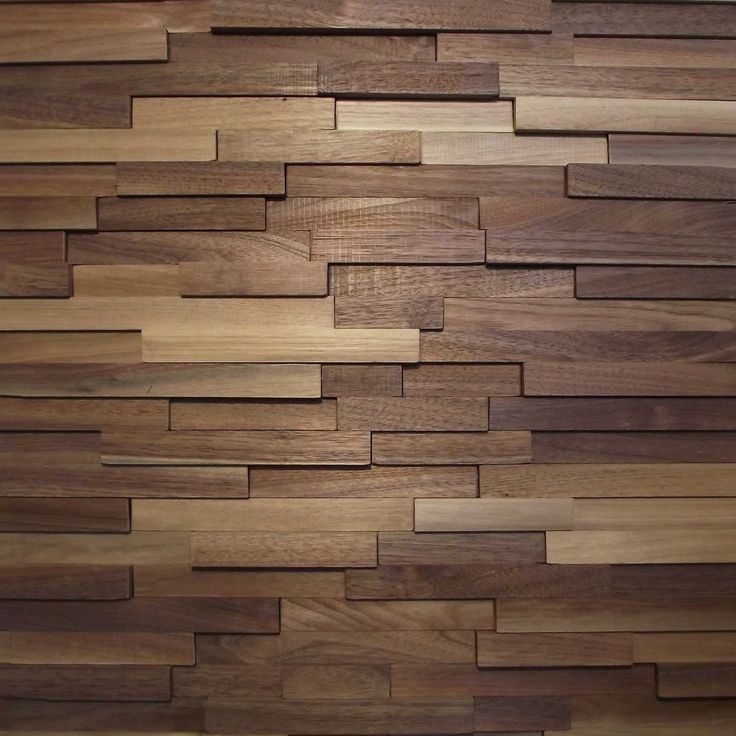 Its natural, soft and durable qualities make it the perfect material to upholster larger items in a living room such as sofas and curtains. It creates the perfect backdrop to layer on top of with color and pattern.'
Its natural, soft and durable qualities make it the perfect material to upholster larger items in a living room such as sofas and curtains. It creates the perfect backdrop to layer on top of with color and pattern.'
Rugs are also an easy way to add texture, as well as color and print, to the room.
(Image credit: Public 311 Design/Elsie Home)
If you've opted for a sleek, dark room, you can use lighting as a form of texture to warm things up a little.
(Image credit: Studio Ashby)
See: Living room ideas – clever ways to decorate living spaces
2. Inject texture into the kitchen with thoughtful accessories
(Image credit: Sims-Hilditch)
'Adding texture to your kitchen can be easily done with the addition of some textile accessories, bringing softness to all those hard surfaces,' says Martin Waller. 'Cushions can be placed on bar stools and banquette seating to add comfort as well as create an inviting seating area.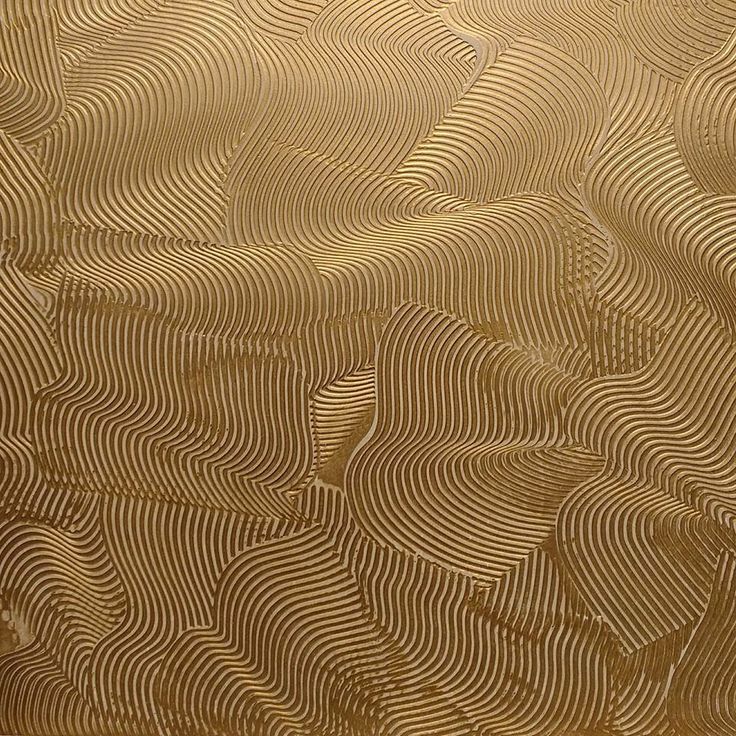 '
'
The above room designed by Sims Hilditch shows how you can mix materials to create a specific effect – in this case, modern country. Tongue and groove walls, rattan chairs, a wooden table and linen cushions are textures that all combine to create a modern rustic scene.
Adding a vintage-style or colorful rug to the kitchen area has also become an on-trend way to make things a little more cozy as well as stylish. Tiffany Leigh says: 'A vintage rug is a great way to add some rougher texture into a kitchen space.'
(Image credit: Neptune)
And we love these vibrant looks by Neptune (above) and deVOL (below), where the texture of the rug adds comfort under foot as well as a cozy factor.
(Image credit: deVOL)
Of course, you can also add personality and practicality with the use of different materials on your cabinets, countertops and backsplashes for textural interest. An expert at Life Kitchens says: 'Embracing a range of textures, colors and finishes can lead to striking results.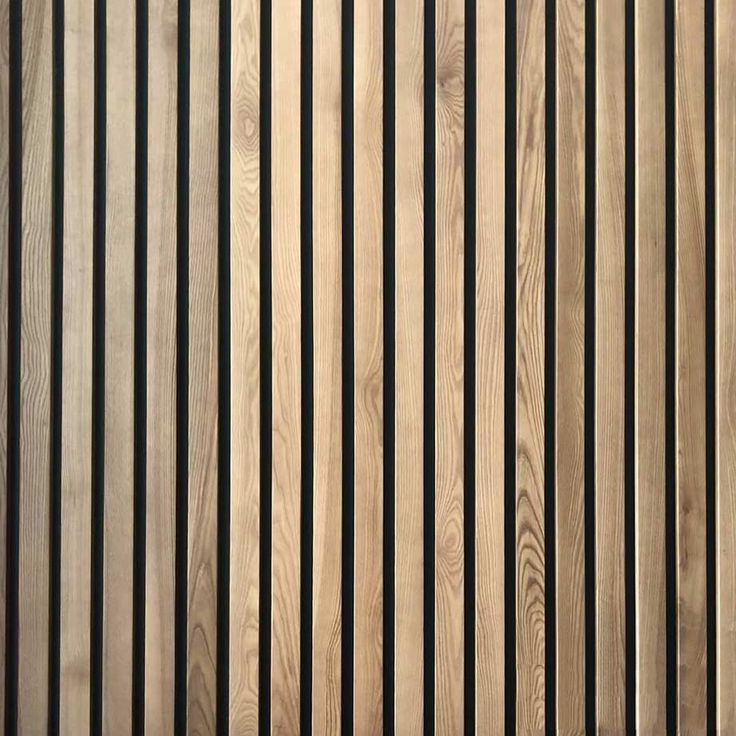 Getting creative with mixed materials is easy and can have a transformative effect.'
Getting creative with mixed materials is easy and can have a transformative effect.'
(Image credit: Life Kitchens)
Sleek, shiny finishes like stainless steel, quartz, marble and chrome will create a contemporary, glamorous look, while the use of timber on cabinets or countertops is more modern farmhouse. Life Kitchens adds: 'Consider timber as a practical built-in chopping board or butcher's block, or for lighter use areas like sideboards or breakfast bars – the addition of woodgrains adds a touch of interest and warmth to the kitchen.'
See: Kitchen ideas – decor and decorating ideas for all kitchens
3. Adopt textural elements for a welcoming bathroom
(Image credit: BC Designs)
'Texture can make a sterile and functional bathroom into a vibrant and welcoming space,' says Barrie Cutchie, Design Director at BC Designs . It can easily be achieved through the use of natural materials and intricate details such as brassware finishing touches; there really are endless ways to give your bathroom depth and personality.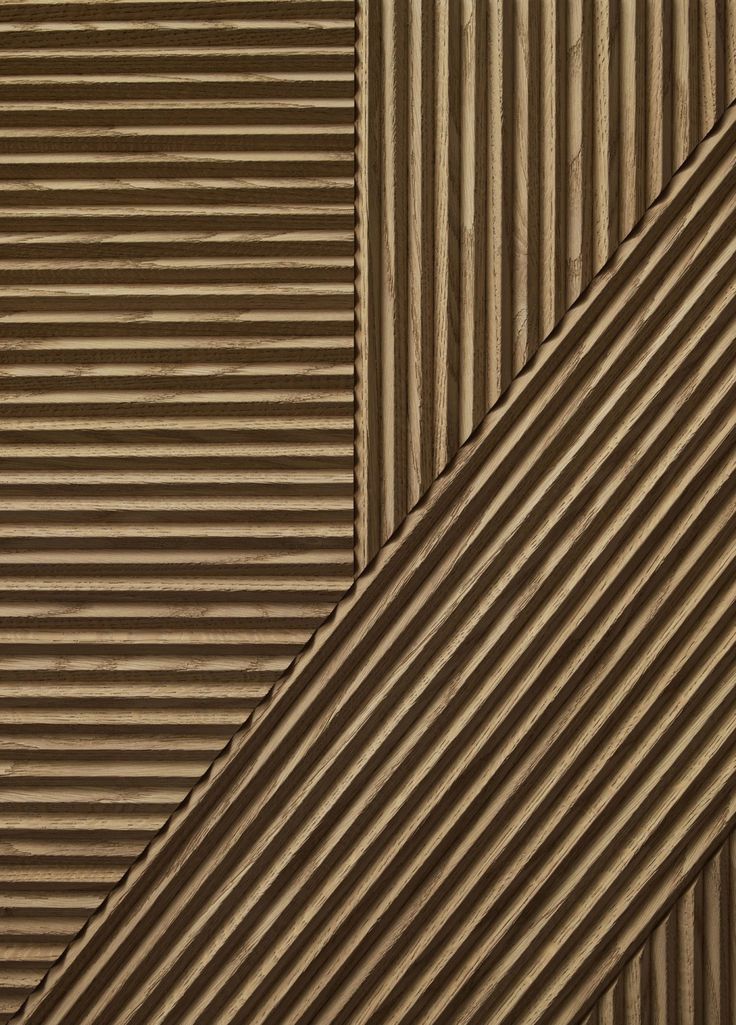
'Natural materials such as natural stones and wood are a great starting point when thinking about texture and are popular at the moment. Another way is through fluted finishes. We’re seeing this on glass – windows and shower screens – but also on sanitaryware and baths (above). It raises the profile on flat surfaces and creates a ripple effect and when paired with colored ceramics, can create a striking focal point.'
Ben Adams, co-founder at Rust Collections , agrees that wood can bring in a refined rustic aesthetic, saying: 'Not only is reclaimed wood a sustainable choice, the grainy texture also brings a warm, organic touch to a room. Simply add a rustic timber stool next to your freestanding tub for a stylish addition that also works as a chic spot for your bath time essentials.'
Tiffany Leigh adds: 'Using natural bristle brushes can add a rough texture to the other smoother elements in the space. '
(Image credit: Rust Collections)
And don't forget the little things.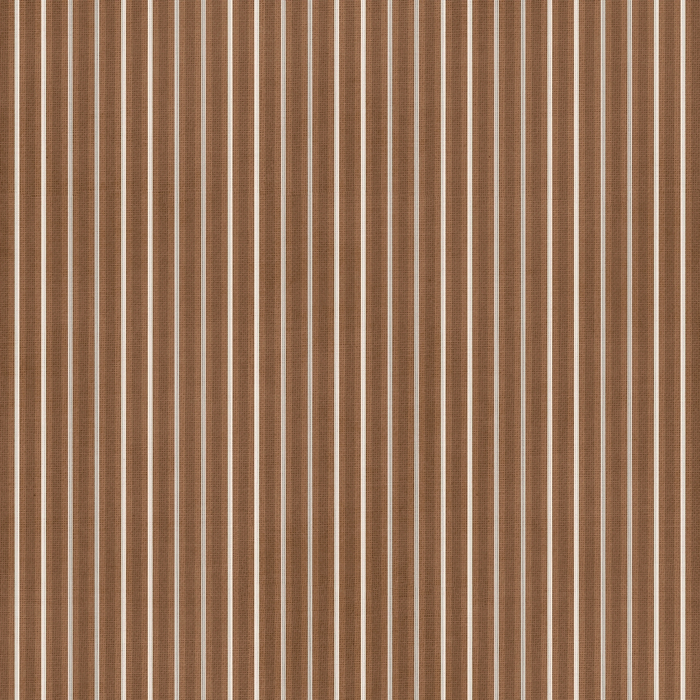 George Miller, Home Designer at Neptune Fulham, says: 'Plants, books or ceramic accessories are a perfect addition where there are more smooth and hard surfaces to contrast, like your kitchen or bathroom.'
George Miller, Home Designer at Neptune Fulham, says: 'Plants, books or ceramic accessories are a perfect addition where there are more smooth and hard surfaces to contrast, like your kitchen or bathroom.'
(Image credit: Neptune)
See: Bathroom ideas – stylish decor ideas for all bathrooms
4. Create a tranquil bedroom with earthy textures
(Image credit: Neptune)
The bedroom is meant to be a serene space that's also cosseting and cocooning. You can use texture to harness that chic yet tranquil feeling.
George Miller, Home Designer at Neptune, says: 'Whilst color and light have the potential to create texture in a room, more often than not we turn to materials to provide textural variation.
See: Bedroom ideas – designs and inspiration for beautiful bedrooms
'Materials such as jute, wool rugs and woven baskets are a great way to add texture, and, much akin to light needing shade, textures must be contrasted too. In the image above, our rattan Montague headboard, for example, juxtaposed with our Flax Blue or Burnt Sienna painted walls, would work perfectly when creating texture in the bedroom, and additional accessories like scatter cushions and throws create a more comfortable atmosphere.'
In the image above, our rattan Montague headboard, for example, juxtaposed with our Flax Blue or Burnt Sienna painted walls, would work perfectly when creating texture in the bedroom, and additional accessories like scatter cushions and throws create a more comfortable atmosphere.'
The addition of wood cladding or beams to walls or ceilings can also add interest and warmth, as can exposed stone bricks.
Ruth Doherty is an experienced digital writer and editor specializing in interiors, travel and lifestyle. With 20 years of writing for national sites under her belt, she’s worked for the likes of Livingetc.com, Standard, Ideal Home, Stylist and Marie Claire as well as Homes & Gardens.
10 easy ways to improve your interior — INMYROOM
Interior decor
Finished renovation, but the feeling of incompleteness still haunts you? Perhaps your interior just lacks texture. Add it with a few details
Speaking of texture, we first of all mean the quality of the surface of an object.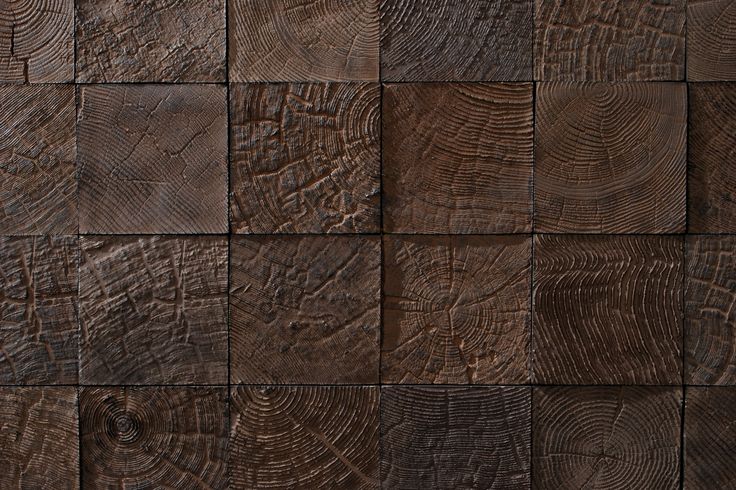 Polished, perfectly smooth marble or glass most often gives us a feeling of formality and coolness in the environment. Whereas from objects with a rich, rough texture (wood, textiles) it breathes more warmth and comfort. We tell you how to give the interior charm, individuality and comfort with the help of simple textural solutions. nine0003
Polished, perfectly smooth marble or glass most often gives us a feeling of formality and coolness in the environment. Whereas from objects with a rich, rough texture (wood, textiles) it breathes more warmth and comfort. We tell you how to give the interior charm, individuality and comfort with the help of simple textural solutions. nine0003
1. Soft accent
It is generally believed that interiors become cozier with carpets. This effect is achieved largely due to their soft, fleecy surface, which is pleasant in terms of tactile and visual sensations. With the help of carpets in the interior, it is easy to adjust the situation: level out excessive formality and add colors.
2. The warmth of wood
Natural wood products always radiate warmth and comfort. With the help of one or more pieces of wooden or wicker furniture (coffee table, armchair, bookshelf), you can dilute the plain, smooth surfaces of walls and floors, as well as soften the cold palette. nine0003
3.
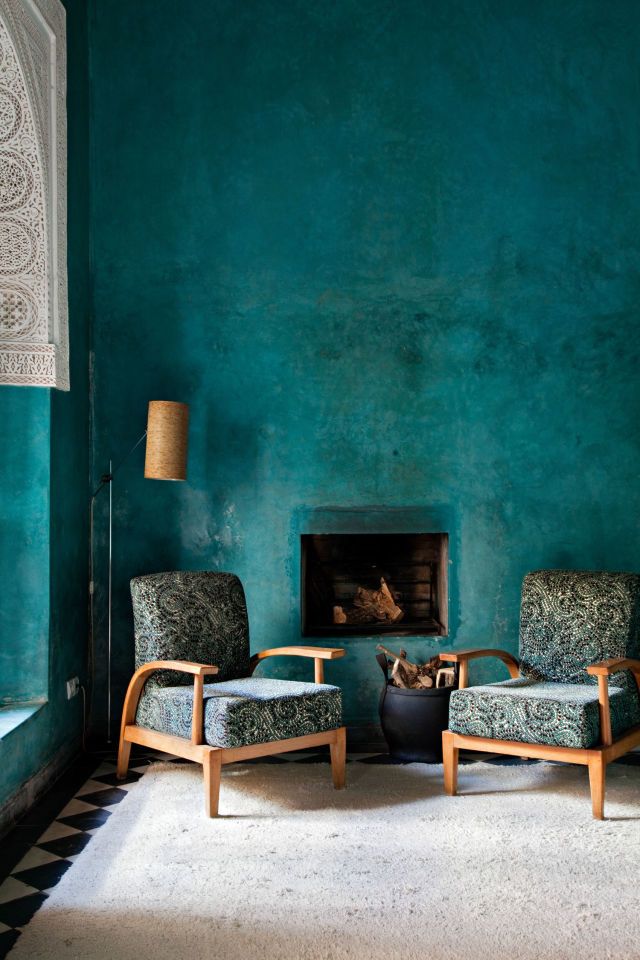 Down and feather
Down and feather With decorative pillows, even an office sofa becomes homely and comfortable. Their number and design depend on the style in which the interior is decorated. For example, for additional texture within the framework of minimalism, it is enough to throw one pillow of a contrasting shade and material on a monochrome sofa. Pillows decorated with embroidery, printed patterns or tassels will help to perceive the aesthetics of a room in the shabby chic style visually and to the touch.
4. Cozy cover
Woolen blankets, silk wraps, flannel bedspreads or flokati will also help to diversify the interior and make it more comfortable. In search of the desired perception, you can carefully lay them on the furniture or casually throw them on the edge of the sofa. It is not at all necessary to combine the color of the bedspread with the curtains, but the texture of both accessories should be similar.
5. Vibrant decor
Just one pot with a plant will enliven even a formal interior. For spacious rooms, tall plants in massive containers or phytowalls are suitable. In a small space, small flower pots with medium-sized flowers will harmoniously look. The inexpressive surface of the table can be advantageously beaten with sets of containers that differ in size, decor and color. nine0003
For spacious rooms, tall plants in massive containers or phytowalls are suitable. In a small space, small flower pots with medium-sized flowers will harmoniously look. The inexpressive surface of the table can be advantageously beaten with sets of containers that differ in size, decor and color. nine0003
6. Book Boom
A bookshelf is another easy way to add texture to a room. If you don't want to clutter up the room, just leave a few favorite volumes and wrap them in natural leather, textile, wool or wood covers. It will not only protect books from damage, but also turn them into design objects.
7. Touchable painting
The paintings themselves already fill the smooth surfaces of the room with texture. But it is even better to choose canvases with textured impasto painting, which use thick paint and rough, energetic strokes that seem to go beyond the canvas. The interior with such paintings becomes voluminous, rich and more alive. nine0003
8. Designer light
In games with texture, it is good to use a smooth ceiling space. Monochromatic stretch ceilings without additional tiers can be diversified with lamps with an unusual design and texture. The use of several light sources will not only allow you to adjust the illumination of the entire room, but also highlight the necessary interior details, thereby changing their visual perception.
Monochromatic stretch ceilings without additional tiers can be diversified with lamps with an unusual design and texture. The use of several light sources will not only allow you to adjust the illumination of the entire room, but also highlight the necessary interior details, thereby changing their visual perception.
9. Unusual fittings
Door handles - an insignificant, at first glance, piece of furniture that can cope well with the task assigned to it. Give up standard boring handles in favor of original ones made of natural wood, ceramics, glass, stainless steel. Their rich texture will decorate the familiar surface of the door, add zest to it, and you will be able to “feel” your interior already from the threshold. nine0003
10. Decorative details
You can emphasize a certain style and texture of the room with the help of all kinds of decorative accessories: wicker baskets, crystal candlesticks, massive baguettes, unusual figurines, embroidered napkins, souvenir ceramics will add individuality to the space and tell about the character of the owner of the house. It is important not to overdo it with the number of objects: they must match the scale, style and color of the plane on which they are located.
It is important not to overdo it with the number of objects: they must match the scale, style and color of the plane on which they are located.
How working with textures makes any space cozy
October 19, 2021
Interior design ideas and tips
You probably know this wonderful feeling that arises when we find ourselves in a cozy and ideally equipped space. it a feeling of comfort and harmony, warmth and relaxation, it is this that distinguishes truly luxurious interiors. In order to create a similar effect in living space, there are a number of proven methods, and among them the largest The effect is obtained by working with textures, that is, with a variety of materials. nine0003
This includes finishing, textiles, and furniture materials.
The fact is that it is the textures that create the volume necessary for the perception of the surrounding space as attractive and pleasing to the eye. In addition, skillfully using various textures, we can create one or another effect and emphasize the stylistic decision.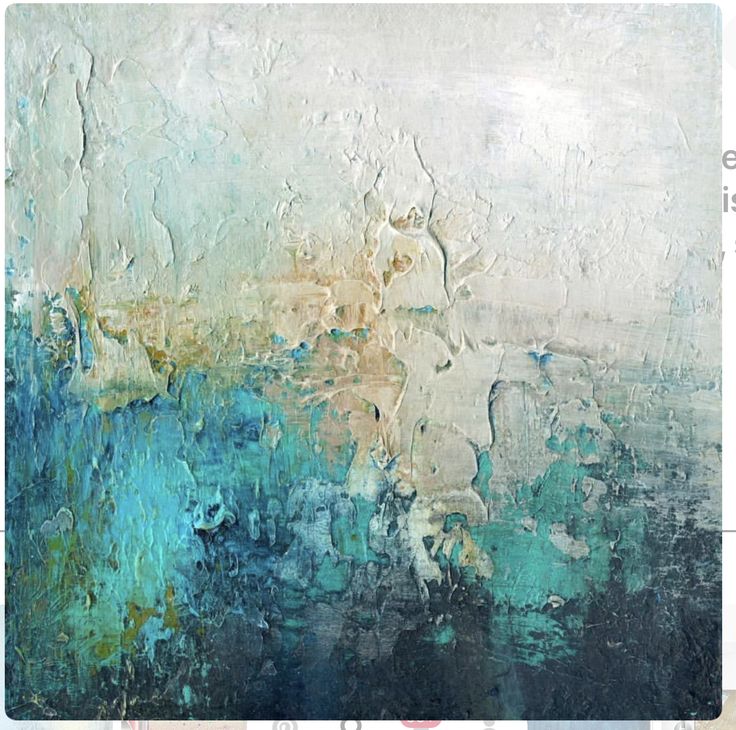
Why is textile so important? Firstly, the material provides tactile comfort, so you should always use only fabrics that are pleasant to the touch in the interior. And secondly, textiles mean a lot from a visual point of view, they create a kind of softer and enveloping composition, which is always read as comfort. nine0003
Consider what techniques will help bring design to a new level.
So, the first and one of the favorite tricks of all designers is layering textures. A very good example is the interior of the bedroom in the photo: here you can see several different fabrics used also for decorating windows, carpet on the floor, wood paneling. All this creates a feeling of comfort and warmth - just what you need in the bedroom.
nine0061
Sometimes textures don't even need to be entered specifically, you can just save the ones that already exist. This, for example, is brickwork, which can be found in old buildings.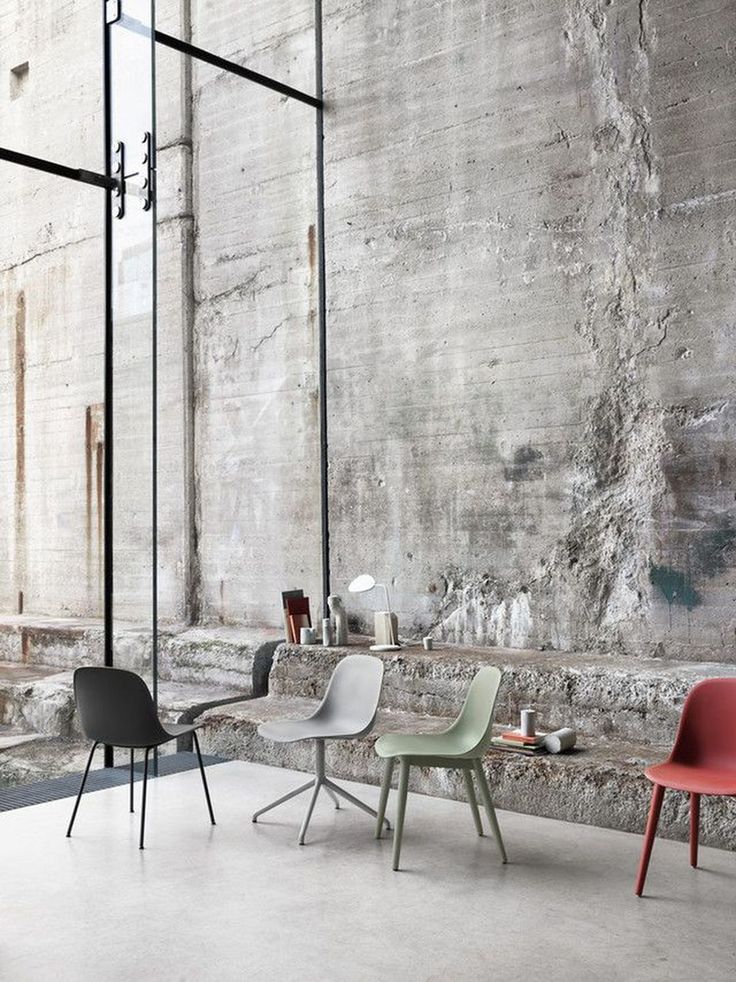 Many are trying to block it with more modern materials, but in fact, deliberately open masonry will look much more advantageous. In addition, this is another way to add an interesting texture to the interior.
Many are trying to block it with more modern materials, but in fact, deliberately open masonry will look much more advantageous. In addition, this is another way to add an interesting texture to the interior.
If your apartment does not have the opportunity to open the old brick treasure on the walls, then you can add the texture yourself. For example, with wood paneling. This is a very popular way of decor today, because the tree not only always looks warm and cozy, but also creates a more interesting relief in the wall area. nine0003
If we are talking about textures in the floor area, then, of course, carpets are primarily suitable for this purpose. The floor carpet today looks fashionable, original and very homely. However, designers advise not to stop at one item and try to complement the design with two carpets at once. One, as a rule, is selected in a very restrained palette, beige or gray, and the second is smaller and with a contrasting pattern.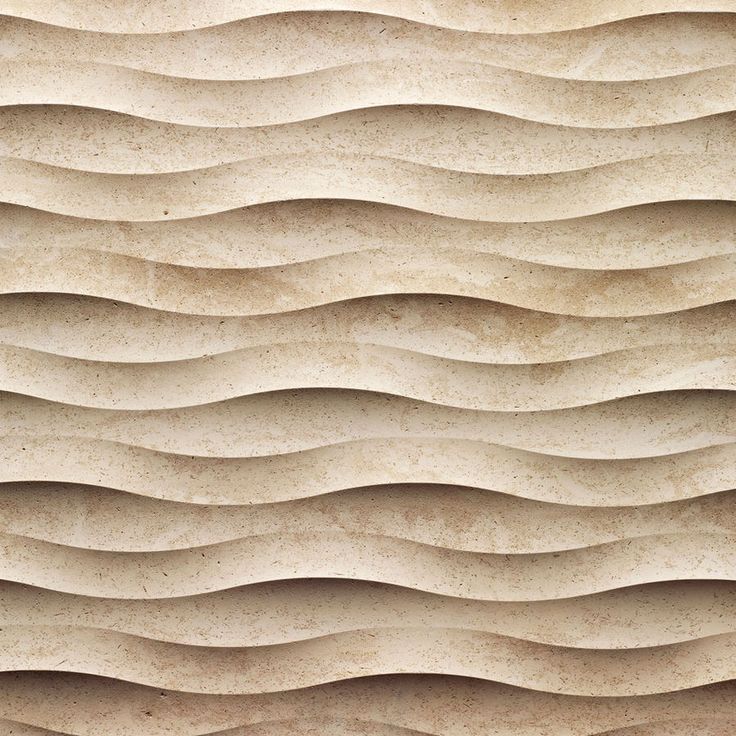
Use objects with a pronounced texture in an unusual format. Decorate your home with wicker baskets or aged metal utensils, think about how you can use these items in a new way, how to focus on them.
For small items, the grouping technique will go, as, for example, was done in the interior of this dining room. Several wicker baskets hanging on the wall look like an integral composition, which, moreover, echoes other interior details. Thanks to such active work with textures, the laconic design in muted colors looks stylish and complete. nine0003
For wall decoration, you can choose wallpaper with a pronounced texture, this is perhaps the most delicate way to give the interior the right sound. Different types of textured wallpapers create a different effect: satin wallpapers delicately reflect light, matte and embossed wallpapers make the room especially cozy.
Fabrics with a velvety effect are the best choice for upholstery of upholstered furniture.
